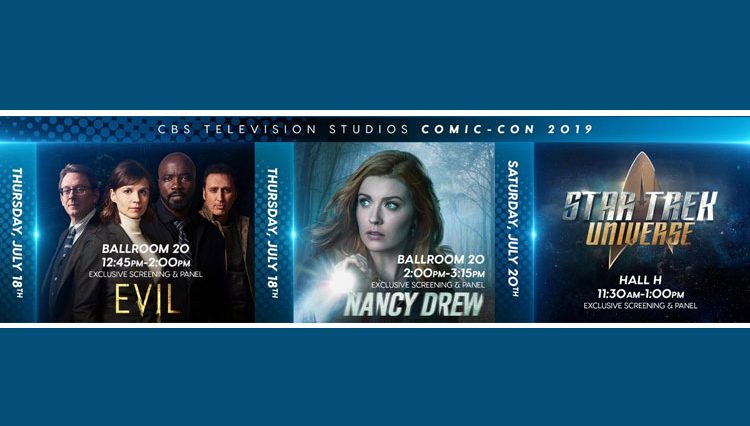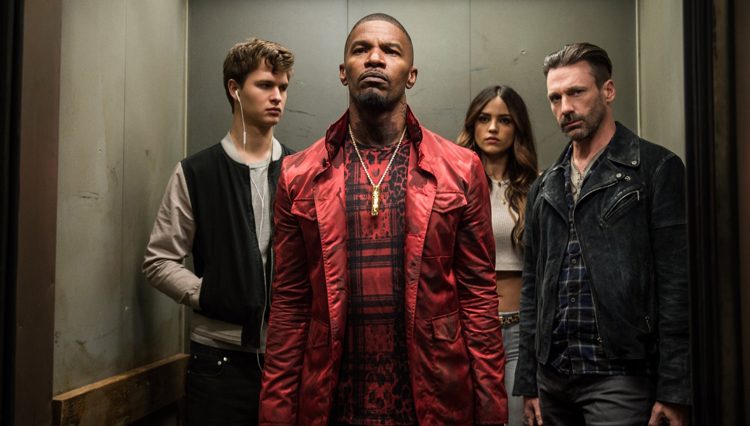
“The wheel turns, the struggle continues, and the command is always the same.”
The Stand, 2020 (Whoopi Goldberg)Vertigo Entertainment/CBS Studios
It’s not often readers are dealt thematic reverses in the world of Stephen King’s literature, but we can imagine King was, perhaps, underwhelmed by the lack of characterization in this, the second television adaptation of his 1978 novel, The Stand. Given free reign in crafting a “coda” to this mess, King takes his favorite characters, Frannie and Stu, and their elemental opposites, Mother Abagail and Randall Flagg, on the road and down a well.
Jumping forward (and disappointingly past Stu and Tom’s adventure home), Frannie has her baby (like the 1994 mini-series, a girl she names Abagail; a curious deviation from the book) either believing Stu to be dead or lying to herself about his chances. She tries to get on with her life, such as it is. The baby Abagail begins to suffer from Captain Tripps but ultimately recovers. Stu and Tom conveniently return in the middle of a memorial gathering, bringing much needed hope to Boulder after a nuclear explosion in New Vegas that ended the previous episode.
I have to wonder why an additional episode (involving Tom and Stu’s flight) wasn’t ordered; unless it was to give us the grand reveal to set the stage for King’s coda. Unfortunately with this final episode, the series reduces the role of Nick Andros and his importance to the story to nothing more than an afterthought and then shifts the focus (somewhat unsteadily) to the relationship of Frannie and Stu. Frannie tells Stu she wants to go back to Maine to see the ocean. Stu loads up the camper and off we go.
400 miles later, they stop at house in Nebraska. Frannie sends Stu off to find baby aspirin and water while she looks after Abagail. Curious about the nearby well, she tries to pump water but finds an obstruction (in the form of a rat) in the primer. She falls through the wooden enclosure and plummets to the bottom of the aquifer, breaking a bunch of bones in the process. From there, she falls into a dream, conversing with his Satanic Majesty, Randall Flagg in a jungle environment.

Flagg shows her an uncorrupted tribe of primitives completely immune to the disease. He then offers to save her life for a kiss, which could only mean complete submission to his whims, and this is where we begin to see King’s revisionism. All at once, his Flagg becomes a fun guy; devious but confident and whimsical and not the sopping wet blanket of the previous eight episodes. After her chance dream-meeting with Flagg, she comes upon Mother Abagail who tells her that she and Stu will have four more children and Frannie will, in effect, become the mother of the new human race. An interesting burden to face.
It’s at this point that a young black child emerges from the corn field bordering the house in Nebraska to save Frannie. Stu arrives home and brings her up with a winch. The child lays hands on Frannie and heals her before promptly vanishing into the ether. Could this have been the point of King’s vision of events? Was all of this a test for Frannie? As the series progressed, the narrative thrust appeared to be Harold Lauder, but when he inevitably met his “reward,” Nadine continued onward to her rendezvous in the desert and then her arrival in New Vegas.

To say there was any real focus in those eight episodes would be a lie. The filmmakers were nervous about tampering too much with a classic. In “The Circle Closes,” there is no such fear. Director Josh Boone treats this material as fresh and new, even if some sections were taken from the book. “The Circle Closes” plays almost as a short film with different motivations and goals at stake, and for that reason, it is worth the laborious journey just to get to this final episode. Throughout the series run, Odessa Young and James Marsden were given nothing more to do than worry and exchange sullen glances.
For the first time, I felt that Stu and Frannie could be real people. It almost works. I say “almost” because of the deus ex machina components. The original ending always smacked of convenience, i.e. the “hand of God” coming down from the skies to exact vengeance upon the wicked, but I understand King (always weak with his conclusions) had to end his saga and he wanted to go big. Here, King puts together another deus ex machina in the form of the young Abagail and her healing hands, but I didn’t find it off-putting. It almost works.

We didn’t need the final bit of the newly-reincarnated “Russell Faraday,” who appeared before the primitive tribe he referenced earlier and demanded their worship. This ending appeared in King’s 1994 expanded version of The Stand. It’s an unnecessary footnote intended to remind us that evil cannot be destroyed (also a satirical jab at colonialism), and to (possibly) pave the way for a continuing series, but given the reception this remake has received, I don’t think it’s likely. So the circle closes and The Stand ends, not with a bang but a frustrated sigh.




